Overcoming Your Fear of Birth: An Introduction to the Fear-Tension-Pain Cycle
Birth fears are very common. Most of the time we don’t even realize we have birth fears until we find ourself pregnant and about to experience it for the very first time ever. Or maybe you had a traumatic birth and your fears come from that experience. Either way, I’m here to tell you that you don’t have to go into this birth terrified! Birth can totally be enjoyable, peaceful, beautiful, ecstatic, and very likely the most incredible thing you’ll ever have the blessing of experiencing.
So where do these fears even come from? It’s engrained in our society that birth is something scary, traumatizing, painful. We see it all the time in movies and shows - the screaming mama laying on her back in the hospital bed, pushing until her veins pop out. That’s not physiological birth. To understand birth, we have to understand what our bodies do during the process. It can completely change the way you experience birth. Your mindset about birth will influence the experience, so let’s dive into one of my favorite concepts about birth: the Fear-Tension-Pain Cycle.
The Fear-Tension-Pain Cycle is a concept often associated with childbirth, particularly as described by Dr. Grantly Dick-Read in his book "Childbirth Without Fear," published in 1944. This theory suggests that fear and tension can contribute to increased pain and difficulties during labor and childbirth. Here's an explanation of the Fear-Tension-Pain Cycle and how fear can cause pain in labor:
Fear: The cycle begins with fear. In the context of childbirth, fear can manifest in various ways. Expectant mothers might fear the unknown, the pain of labor, complications, or the well-being of their baby. Fear can be based on personal experiences, stories from others, or societal expectations. When a woman is fearful, her body's stress response is triggered, leading to the release of stress hormones like adrenaline and cortisol.
Tension: Fear triggers a physical response in the body, causing muscles to tense up. When a person is afraid, they often clench their muscles, particularly in the shoulders, neck, and pelvic area. This tension can interfere with the natural progression of labor. Muscles that are tight and contracted can create resistance, making it more challenging for the uterus to contract effectively and the cervix to dilate.
Pain: Tension and fear can contribute to increased pain during labor. When muscles are tense and the body is stressed, the pain sensations may be perceived as more intense. This heightened pain perception can lead to further fear, which, in turn, increases muscle tension, creating a feedback loop of increased pain.
Inefficient Labor: The fear-tension-pain cycle can lead to inefficient labor progress. The uterus relies on rhythmic contractions to help the cervix dilate and the baby descend through the birth canal. Tense muscles and heightened stress levels can disrupt these contractions, slowing down the labor process and potentially leading to interventions.
Breaking the Fear-Tension-Pain Cycle is crucial to promote a more positive labor experience. Here are some things you can do to prepare yourself mentally, emotionally, physically, spiritually for an easier birth:
Education and Preparation: Understanding the labor process, what to expect, and the options available can reduce fear and anxiety around the unknown.
Relaxation Techniques: Practicing relaxation techniques, such as deep breathing, meditation, and visualization, can help reduce muscle tension. This is something I go in-depth about in my childbirth education course! Breathing techniques are SO important during labor.
Support and Comfort: Having a supportive birthing partner, doula, or healthcare provider can offer emotional support, reducing fear and tension. You don’t have to do it alone! Choose a birth team that you feel comfortable with and trust.
Positive Environment: Creating a calm, supportive birthing environment can help reduce fear and tension. This is why I’m a huge home birth advocate because most people feel comfortable in their home, compared to a hospital; however, if being at home makes you nervous and you feel safer in a hospital setting, then that would be best for you.
Mental Preparation: Engaging in mental preparation through childbirth education classes, birth coaching, or therapy can help mama manage her fears and anxieties.
Ultimately, the Fear-Tension-Pain Cycle underscores the importance of addressing the emotional and psychological aspects of childbirth to promote a more positive and less painful experience. Reducing fear and tension can lead to a smoother, more efficient labor and delivery.
